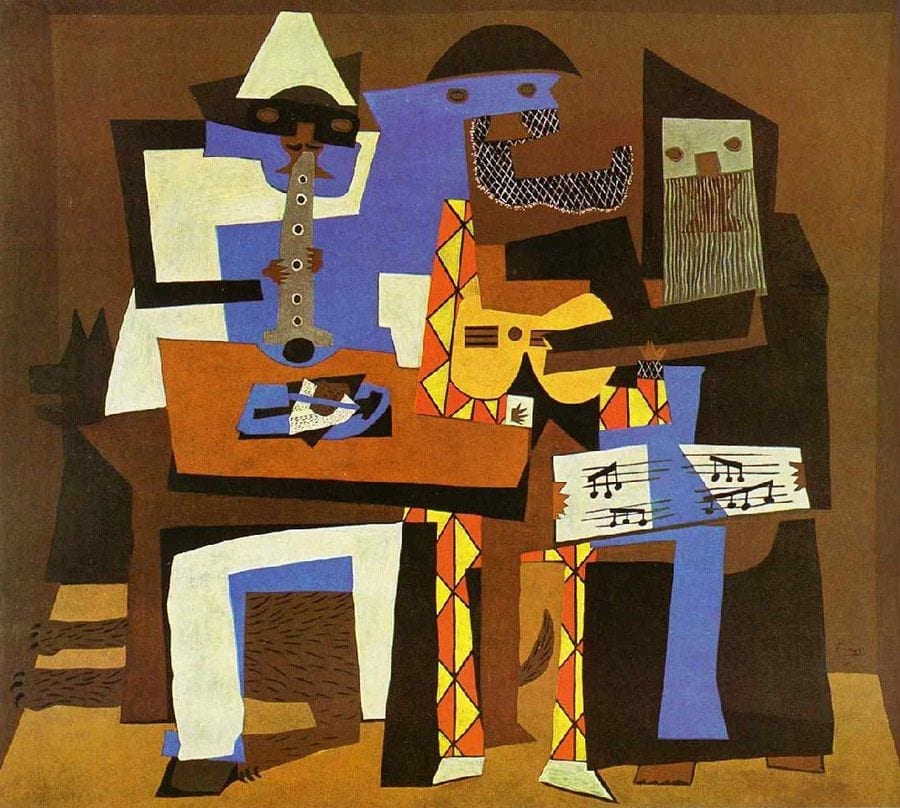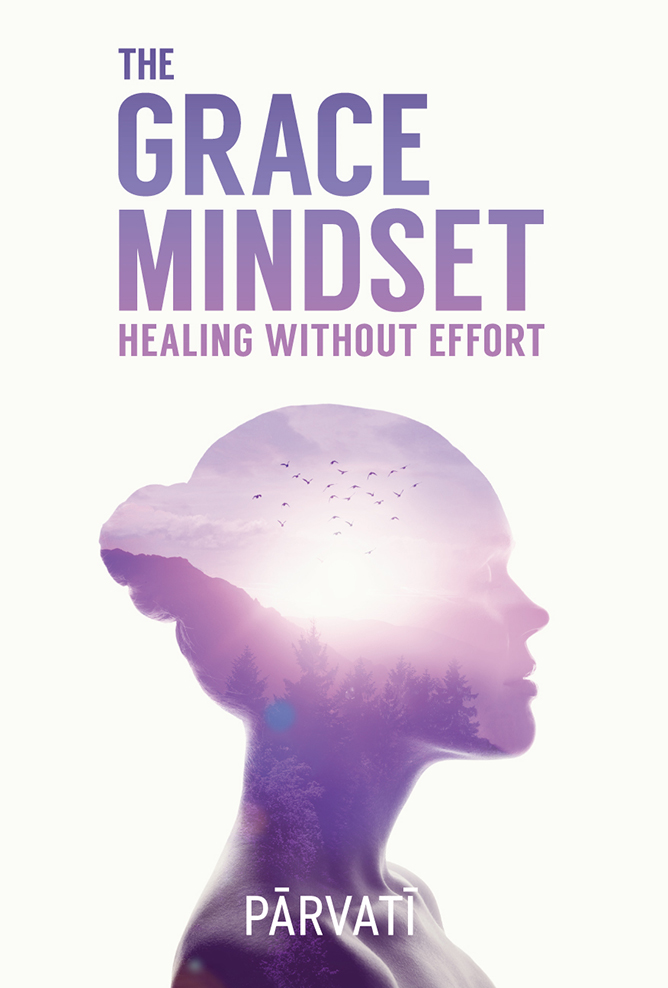Techniques of Lasting Art: What Can Picasso Teach EDM?
THREE KEYS TO LASTING ART: CREATIVITY, TECHNOLOGY AND CULTURE
Recently, I was at IMSTA (International Music Software Trade Association) FESTA, a free trade show at Ryerson University School of Media in Toronto. There, I attended a panel workshop on electronic dance music (EDM) during which an MC said you don’t need to be a musician to produce music. In last week’s blog, I shared that I disagreed with this statement. In it, I explored how sound literally creates our physical world, and as such, why it is important that musical artist know what their creative choices are manifesting.
This week, I would like to look at the three keys to lasting art that I discovered during my architecture degree at the University of Waterloo – creativity, technology and culture – and how they apply to music and art today.
During the IMSTA event, I took the mic and encouraged musicians to be inspired by Pablo Picasso. Known as the co-founder of the Cubism movement, Picasso (1881-1973) was a brilliant Spanish modern artist. Though he was skilled at a broad range of art forms including sculpting, stage design, poetry and playwriting, he was most known for his painting. An immensely naturally gifted and prolific artist, he pushed the artistic envelope by challenging status quo with fresh interpretations of traditional art forms. Though he was in some ways an artistic revolutionary, he was also a master of traditional artistic technique and built clear structures and through-lines in all his creative works. While he was hailed as the forefather of abstract art, he said, “There is no abstraction in art. You must start with something. Afterwards you can remove all traces of reality.” His abstractions, which seemed to transcend structure, actually relied deeply on his sophisticated understanding of form.
Picasso continues to be an inspiration for many aspiring and accomplished artists, many of whom had not even been born in his lifetime. His works show us that creativity, technology and culture are keys to lasting art. His famous modern works were powerful certainly in part because he was also a classically trained fine artist. He knew what he was not putting into his works, as much as what he was. And he knew why he made his creative choices. He also understood the technology of his media to support him freely communicating what he wanted to say. He understood the cultural history of his art forms, so he knew what he was leaving behind, as well as what he was bringing to the table. He was balanced in the three artistic skills I can thank the University of Waterloo for teaching me: creativity, technology and culture.
FACING THE CREATIVE THRESHOLD
I was a musical child. In just a few short years of piano study, I was at the Royal Conservatory of Music ARCT performer and teacher level. But before I could move forward, I was told that I had to take a year to technically catch up with my musical talents and exclusively practice piano scales. The idea felt like death to my need to create. So being really young, I rebelled and left my piano studies.
That threshold has always made me acutely aware that creative talent, including musicality, can only take an artist so far. We need to do due diligence and know technique. If we aspire to compose string arrangements that are woven together with rich and inspiring harmonics, our creative works benefit when we know at least some musical theory. To produce interesting urban or EDM beats, we benefit by understanding at least the fundamentals of rhythmic structure and patterning. Layering drum patches and throwing down cool string samples will only take our creative work so far. At a certain point we will come to realize, we need greater clarity in our technique to support our creative voice.
Though my creativity and basic skill allows me to design and build my clothes and show costumes, if I wanted a lasting career in fashion, I would need to get serious about fashion education. I would need to know pattern making techniques, clearly understand the behaviour of fabrics, and be aware of fashion history and trends. I faced the same threshold when I worked for a time as an illustrator and fine artist, getting commissions for painting murals and illustrating published books. With lots of creativity, I also chose to invest in cultural and technical education so I could better understand how to blend paint and colours, what paints need which media to dry quickly, stay wet longer or create a matte or shiny finish – and how my works contributed to an ongoing creative context.
Music is no different from any other art form. Just as my fine art creativity only got me so far until my colour blending started to look muddy, my composing and arranging inspiration eventually turns to some musical theory. With the help of some technique, I am more able to sculpt the best sounds I can, so that conflicting frequencies and instrumentations don’t turn my composition muddy. Musicians and music producers have likely touched their own internal thresholds in this way, where they realize that they need more technical education to express themselves freely, and would benefit from both creative and cultural inspiration. Following a long line of successful artists that came before us like Picasso, we come to realize that to create with innovation and push artistic boundaries, we must know what we are and are not putting in our works of art.
Any artist can aspire to all three keys to lasting art: to be creative, to know our technology and to understand how our works fit within its cultural context. To me, this is part of the fun of being in a creative field. May we build our artistic lives upon these so that we may fully share our creative voices with the world and shine.
 I post my blog every Sunday with love. If you have enjoyed this, you may wish to listen to my musical works, check out my upcoming book Confessions of a Former Yoga Junkie: A Revolutionary Life Makeover for the Sincere Spiritual Seeker, and find out more about me at www.parvati.world.
I post my blog every Sunday with love. If you have enjoyed this, you may wish to listen to my musical works, check out my upcoming book Confessions of a Former Yoga Junkie: A Revolutionary Life Makeover for the Sincere Spiritual Seeker, and find out more about me at www.parvati.world.Please share this blog with your friends using the buttons below.
If you have any questions or comments, I would love to hear from you.
Love,
Parvati








